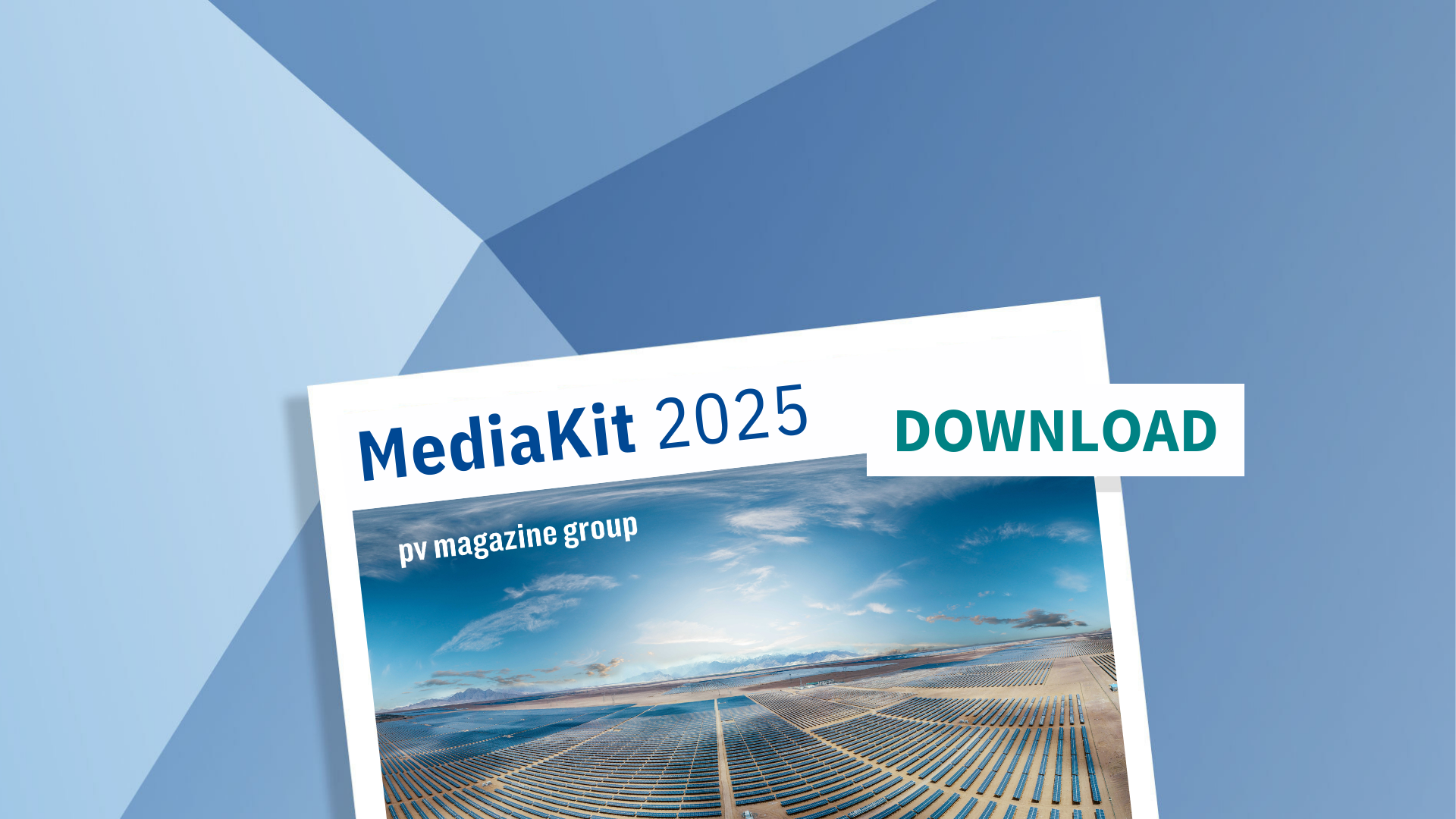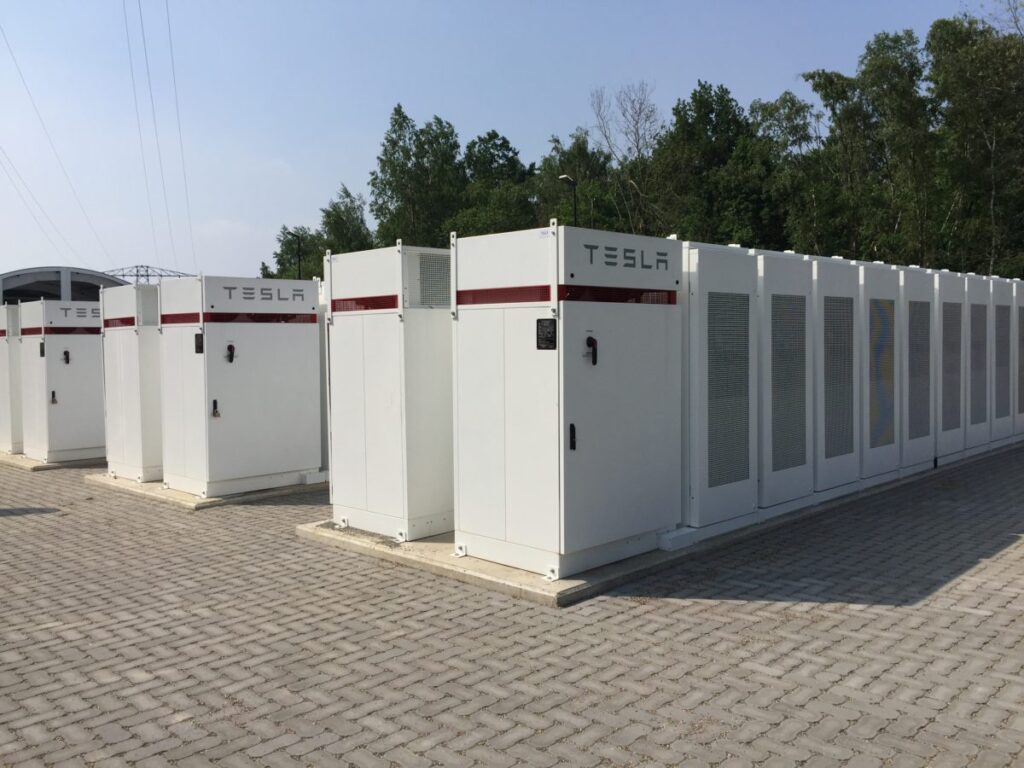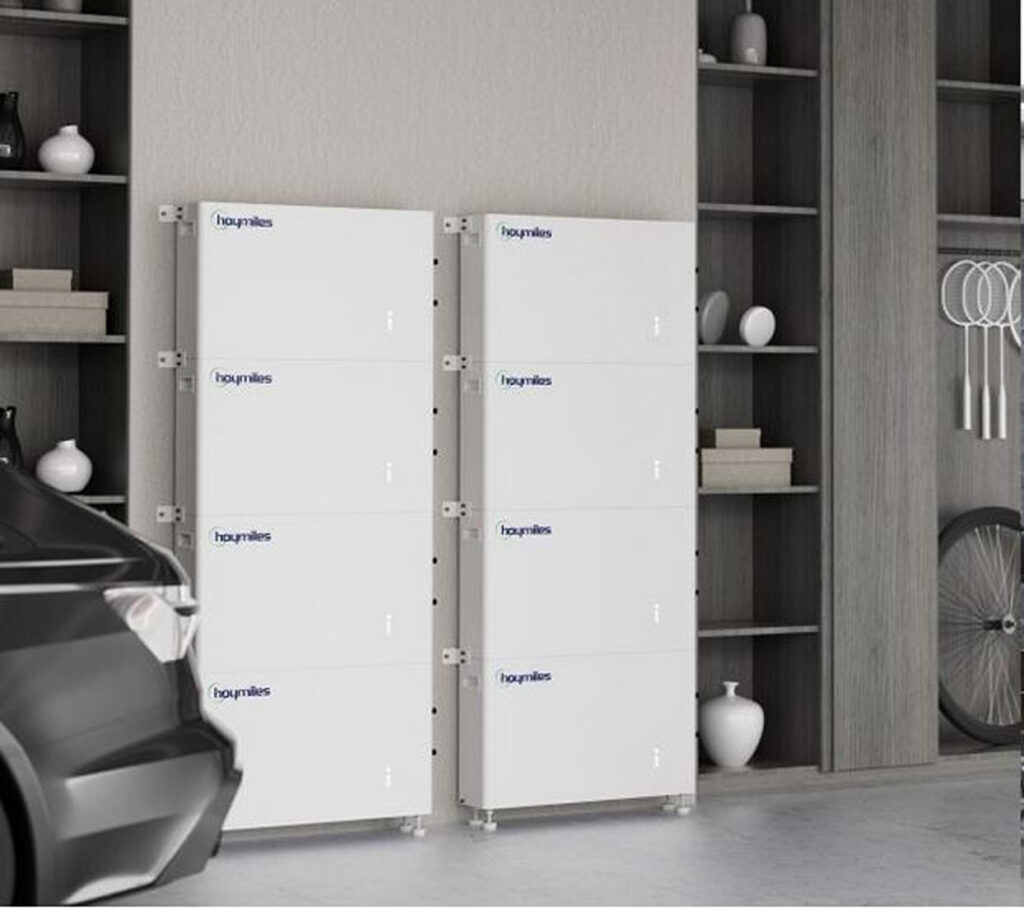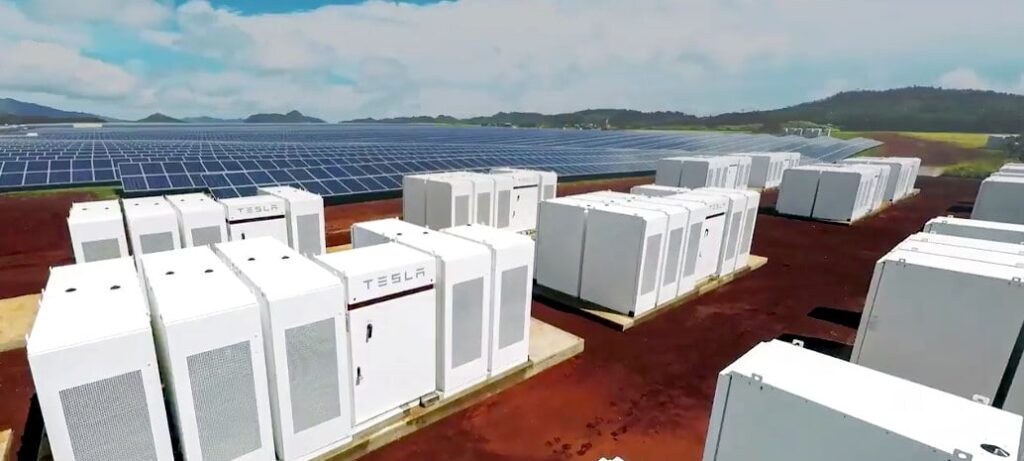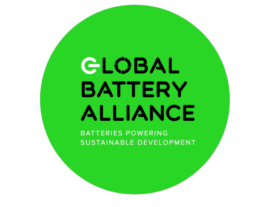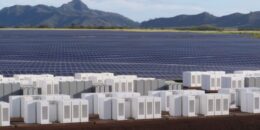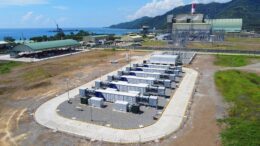German TSO Amprion launches tender for decentralized grid booster battery
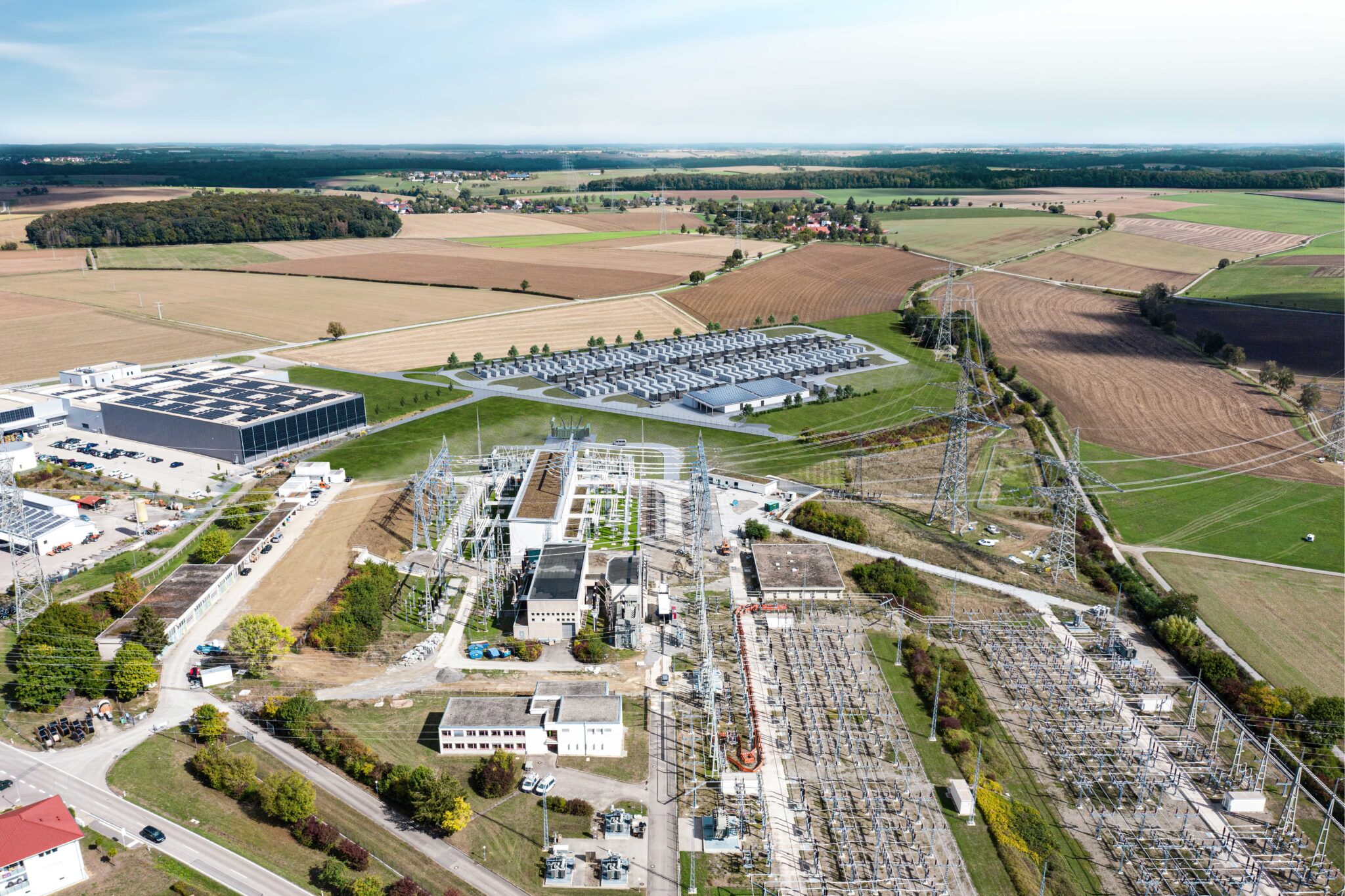
Germany is in line for another grid booster battery with transmission system operator (TSO) Amprion looking to apply the technology in an innovative way both in terms of project design and its utilization.
Unlike “regular” big batteries, grid boosters are operated to mimic transmission line flows by injecting and absorbing power. In such applications, they can be used to bolster or even replace existing power lines, thus offering infrastructure planners a new solution for transmission transition.
Similar to other three TSOs in Germany, Amprion has been repeatedly forced to perform costly redispath, reducing power generation in certain areas and increasing it elsewhere in order to avoid overloading individual lines. The costs of such interventions amount to several billion euros every year in the German transmission network.
Since network expansion can be extremely lengthy and costly, TSOs are now turning to grid boosters in a bid to set the threshold at which redispatch becomes necessary higher. Earlier this year, TransnetBW, the TSO in the German state of Baden-Württemberg, broke ground on a 250 MW grid booster near Kupferzell. Last year, TenneT announced two 100 MW systems located in Audorf Süd in Schleswig-Holstein and Ottenhofen in Bavaria. All three projects are delivered by Fluence.
Amprion’s system will differ from the earlier ones. Instead of a central system that is connected directly to the transmission network, Amprion, energy company E.ON and regional grid operator LVN plan to divide the network booster between five locations in Bavarian Swabia. Existing transformer stations in the LVN network area are planned as network connection points.
“This modular approach reduces connection costs, increases the availability of the network booster and reduces the impact on the landscape at the individual locations,” the TSO said.
Unlike the previous projects, the decentralized grid booster will not be owned by the TSO but by a third party. Amprion will only procure the grid boosting services.
Furthermore, Amprion could potentially allow the asset to participate in the wholesale and ancillary services markets “for a limited period of time” and make additional revenues, which would come on top of the purely grid-serving utilisation by the TSO.
“This is intended to increase the capacity utilisation and thus the economic efficiency of the plant,” Amprion said.
This makes sense since grid booster spend most of their time on standby for grid congestion relief, but till now have been deemed as “fully integrated network components” owned by TSOs and thereby not allowed to stack revenues.
However, Amprion will only decide in favour of this “double use” after a technical and economic evaluation of the bids.
Bids should be subitted by April 3, 2025. The contract will be awarded in the summer of 2025 after the evaluation of the proposals and cover the construction, management, and operation of the energy storage facility. The project is expected to come online in 2027.
Although the application of BESS as transmission assets is still in its fledgling stage, some market players and analysts see considerable promise in it. Research group S&P Global forecasts 17 GW/50 GWh of energy storage systems to be deployed globally through 2030 to enhance or defer investment into upgrading existing electricity network infrastructure.



